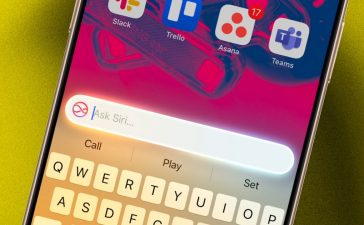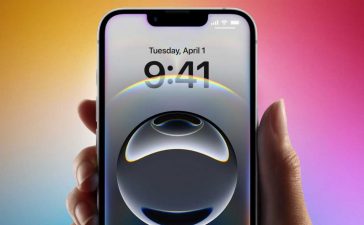Apple’s attempt to build its own 5G modems may have hit some kind of wall as the company has reached a deal with Qualcomm to supply 5G modems for smartphone launches all the way to 2026.
Apple had been expected to begin using its own internally developed 5G modem beginning in 2024. (We had thought the iPhone 15 might be the last iPhone to use a Qualcomm modem, but this no longer appears to be the case.)
“Qualcomm Technologies, Inc. today announced that it has entered into an agreement with Apple Inc. to supply Snapdragon 5G Modem‑RF Systems for smartphone launches in 2024, 2025 and 2026,” Qualcomm Technologies announced today in a statement. The deal could actually be extended through 2028.
Qualcomm also confirmed terms and conditions “similar” to the previous agreement between the two companies, though actual terms were not disclosed. It is estimated that just over 20% of Qualcomm’s $44.2 billion 2022 revenue was generated as a result of the existing supply deal; investors scurried for Qualcomm stock, which rose about 5% in pre-market trading.
There have been some market whispers that Qualcomm might be charging Apple more for the 5G modem than the company pays for it’s A-series mobile processors, but it is unknown whether this is true.
What Apple wanted
Apple has been working to build its own 5G chips for many years. In 2019, it purchased Intel’s 5G business, but the decision to remain with Qualcomm suggests its teams haven’t yet been able to meet this challenge. The global patent license agreement agreed by the two companies in 2019 remains in place.
Apple and Qualcomm had a tempestuous relationship pre-2019. But the need to put 5G inside iPhones won through, and led to a subsequent peace deal between the two firms. At the same time, Apple is not a company that likes to be in thrall to a single supplier. There’s little doubt that this is a victory for Qualcomm.
Barclays analysts Blayne Curtis and Tom O’Malley think the company will delay introduction of the iPhone SE4 for another two years because it is unable to use its own modem. It seems clear that Apple continues working to build its own modems. Most recently, it reached a multibillion-dollar agreement with Broadcom under which the latter would begin to make parts for 5G and other wireless communications. And Qualcomm said it only expected to supply some of the modems in Apple’s iPhone in 2026, which suggests plans could change.
Outside the box
Apple seems to be learning from all of this. With 6G deployment expected to begin in 2030, Apple joined the Alliance for Telecommunications Industry Solutions (ATIS), an industry group working to advance cellular tech to 6G in the US back in 2019. The company is represented on the ATIS board of directors by Senior Patent Counsel Helene Workman.
Given that 6G is likely to extend to satellite communications and also Apple’s continued work with GlobalStar (which recently hired ousted former Qualcomm CEO Paul Jacobs as its own CEO), perhaps the company hopes to build its own IP in some of the networking standards that will contribute to 6G. After all, ownership of some of the standards required to offer 6G connectivity would at least give Apple a more equal negotiation position when dealing with modem suppliers.
For now at least, Qualcomm’s news suggests we’ll be waiting for Apple 5G for some time yet.
Please follow me on Mastodon, or join me in the AppleHolic’s bar & grill and Apple Discussions groups on MeWe.
Copyright © 2023 IDG Communications, Inc.












